Want to win a free track day? Click here!
In hindsight, some of Porsche’s decisions through their period of reorientation in the 80s and 90s seem to be a bit odd. While preparations were underway to present the new Porsche Boxster Concept at the 1993 Detroit Motor Show, the Porsche 968 Turbo S was one of Zuffenhausen’s fastest cars. A car for which not even a modern comparison can be made. It was so far detached from the rest of Porsche’s lineup. Its recipe: in-line four-cylinder turbo engine at the front, lightweight construction wherever possible and performance on a par with the Porsche 964 Turbo 3.6. Probably too much for the die-hard Porsche fans. Because despite plenty of arguments on its side, it flopped commercially like no Porsche before or after it.
It all started with the concept of a race car by the name Porsche 968 Turbo RS. This was developed for customers registered in the ADAC GT Cup. But it also meant that there had to be a production vehicle on which the racing car was based. These are called homologation models. In most cases, they were very sporty cars that offered hardly any everyday usability and were sold at a considerable premium to the base models. Alongside the Porsche 968 Turbo RS, Porsche therefore also developed the Turbo S.
No trace of understatement – Naca ducts in the hood, enlarged air intake, Speedline wheels, very low apron and large wing underline the sporting ambitions of the Porsche 968 Turbo S. © Stimpfig Automobile
Externally, the new top-of-the-range model was clearly different from its civilian siblings. An enlarged air intake between the parking lights and the two so-called Naca Ducts in the hood are all but discreet. To give the car a proper stance, Porsche opted for the three-piece 18-inch Speedline rims. Yes, the ones which were also used on the 964 Turbo 3.6. At the rear, in addition to the twin-pipe exhausts, the large, adjustable rear wing is striking for the time.
Its technical recipe also sounded promising. The highly acclaimed chassis of the four-cylinder transaxle Porsche was further sharpened. As a result, the 968 Turbo S sat 20 millimeters closer to the road than the 968 Club Sport. At the same time, it weighed another 20 kg less than the Club Sport. The 3.0 liter engine was also extensively revised. To proof it for forced induction, the four-valve cylinder head gave way to a head with two valves per cylinder. Lastly, its compression ratio was lowered to 8.0 : 1.
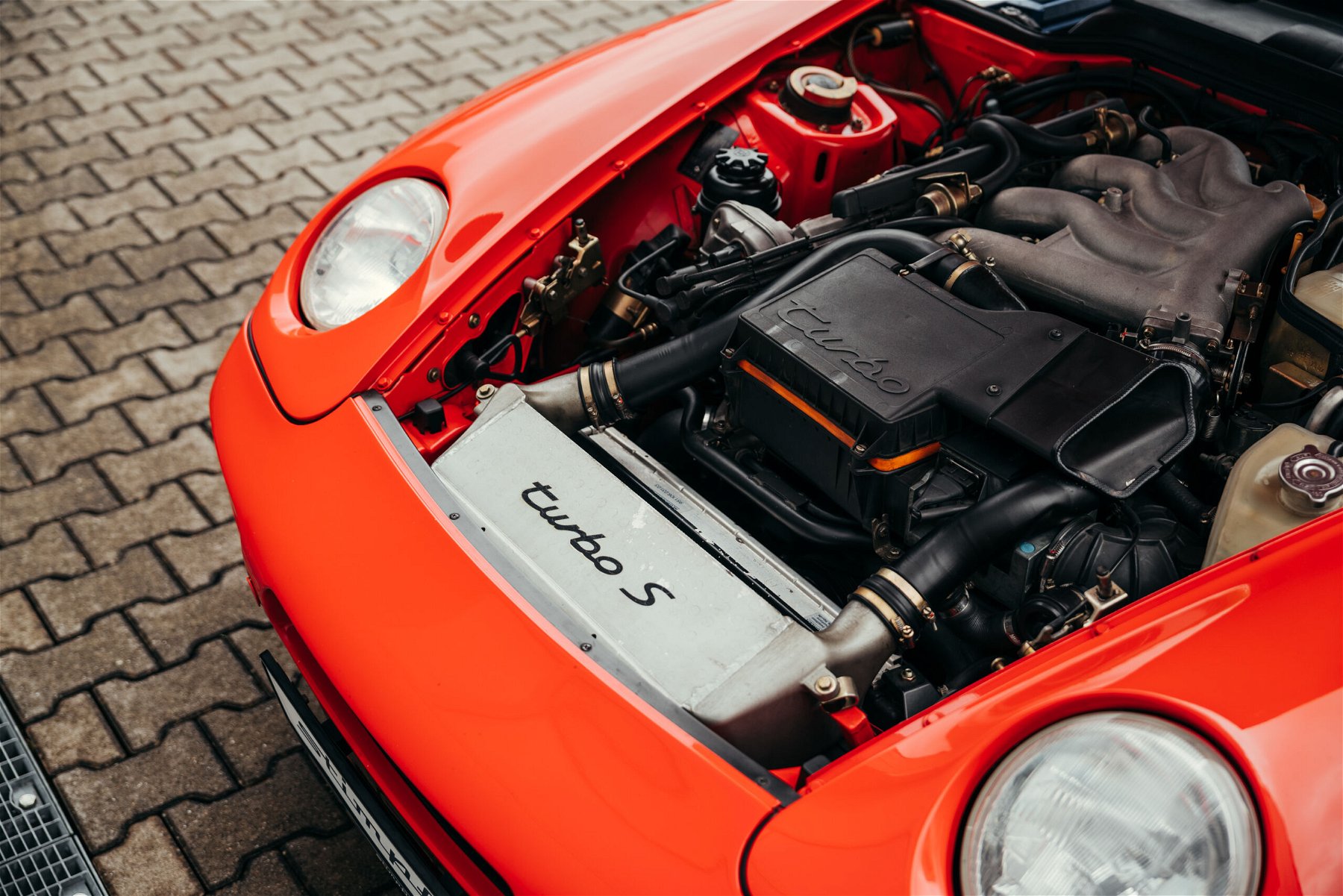
Boost was delivered by a water-cooled turbocharger from KKK. A maximum boost pressure of 1.0 bar increased the engine output from 240 to 305 hp in the Porsche 968 Turbo S. The top-of-the-range transaxle took 5.0 seconds from 0-62 mph and reached a top speed of 174 mph. The price: 175,000 DM. In return, you got the most powerful and most exclusive four-cylinder-Transaxle Porsche offered. And the Porsche 968 Turbo S was meant to be rare, being limited to just 100 unites. Its 350 hp racing version, called the 968 Turbo RS, cost DM 228,000.
However, nothing came of the initially planned 100 Porsche 968 Turbo S. Porsche pulled the plug on the Turbo S’ production after just over a year. Only 14 were produced in total. The race car was axed after a year as well. Porsche only sold the Turbo RS for the 1993 racing season. According to research by the German Porsche 968 Club, only four of them were made.
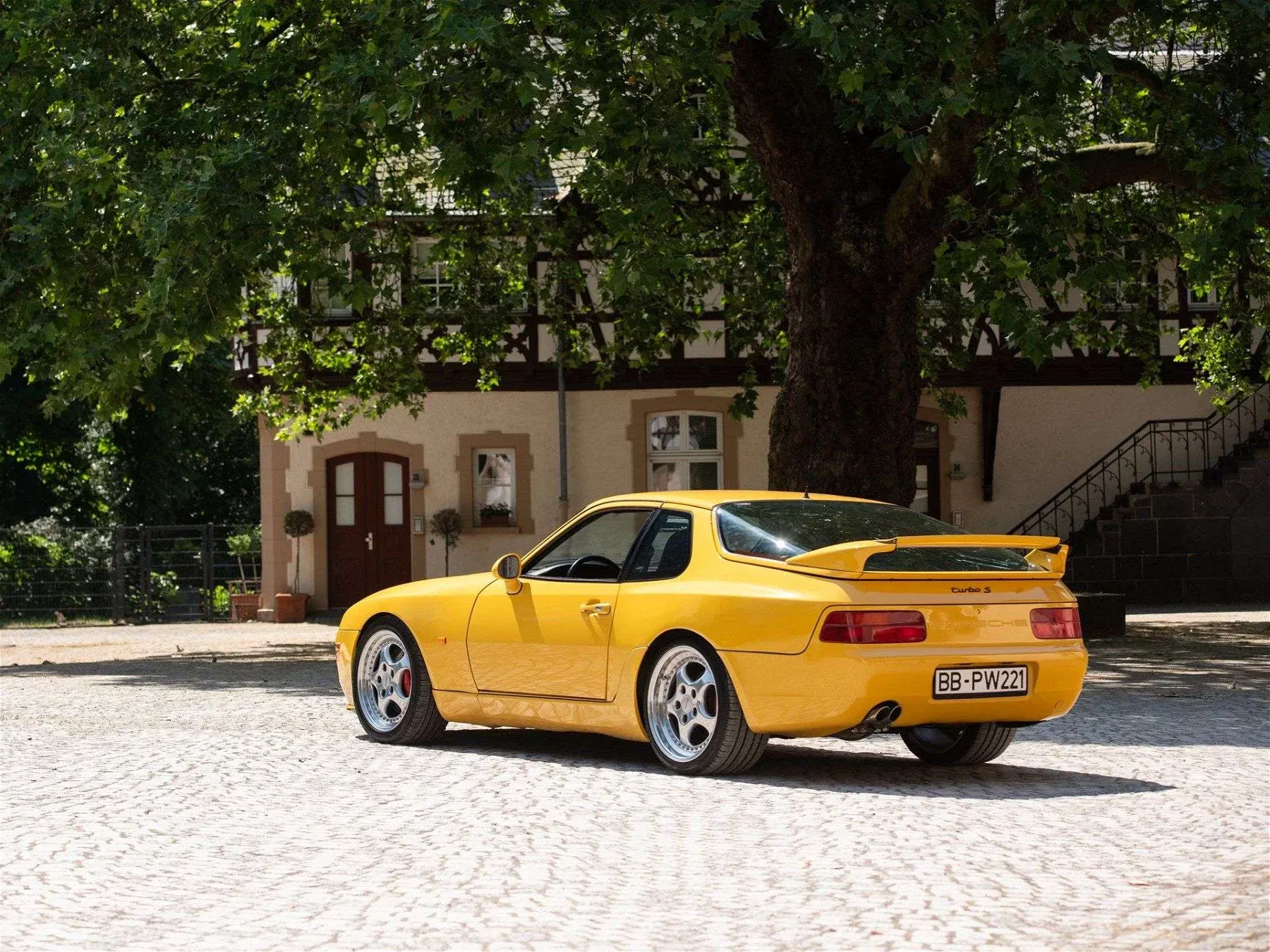

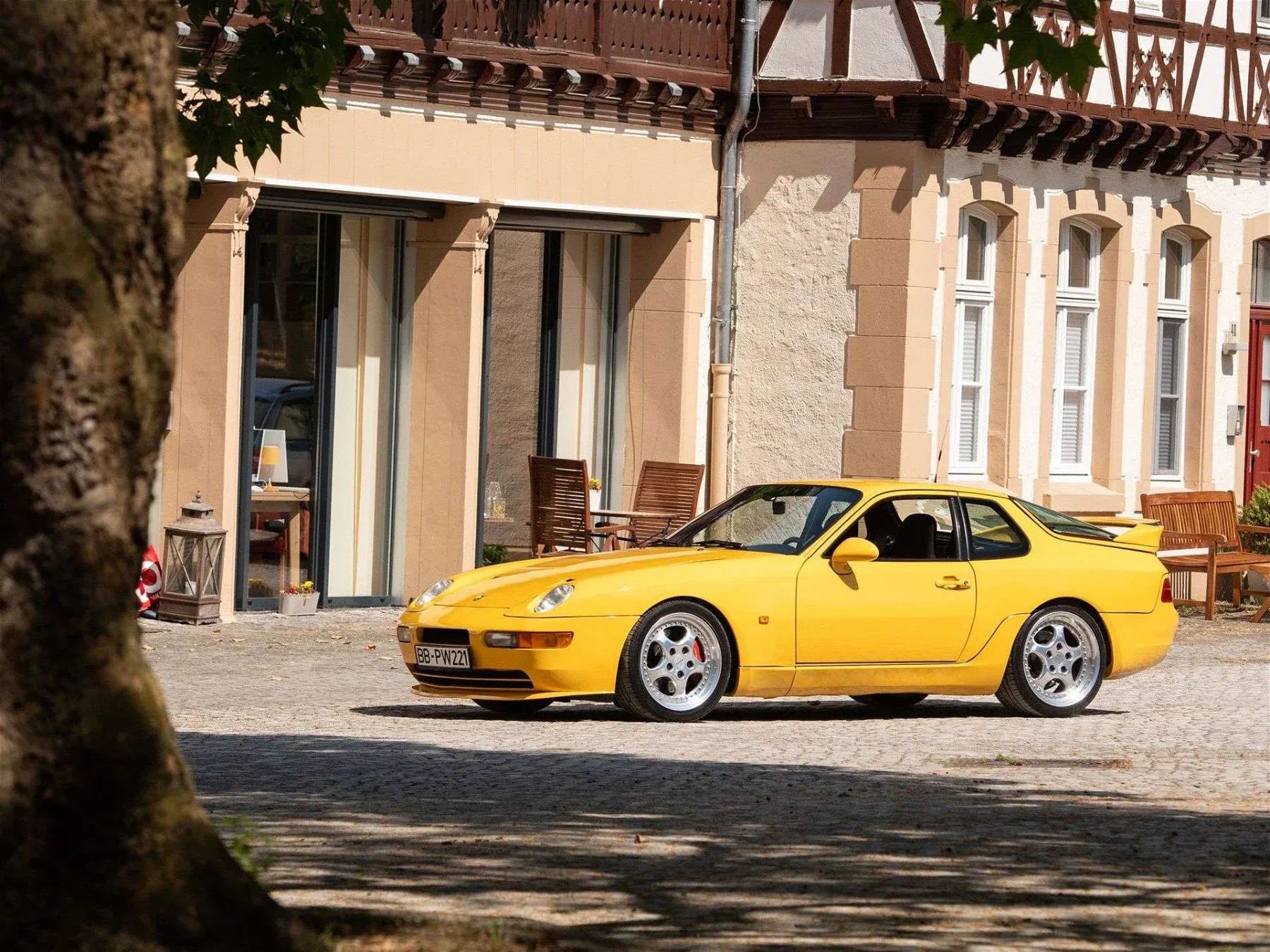
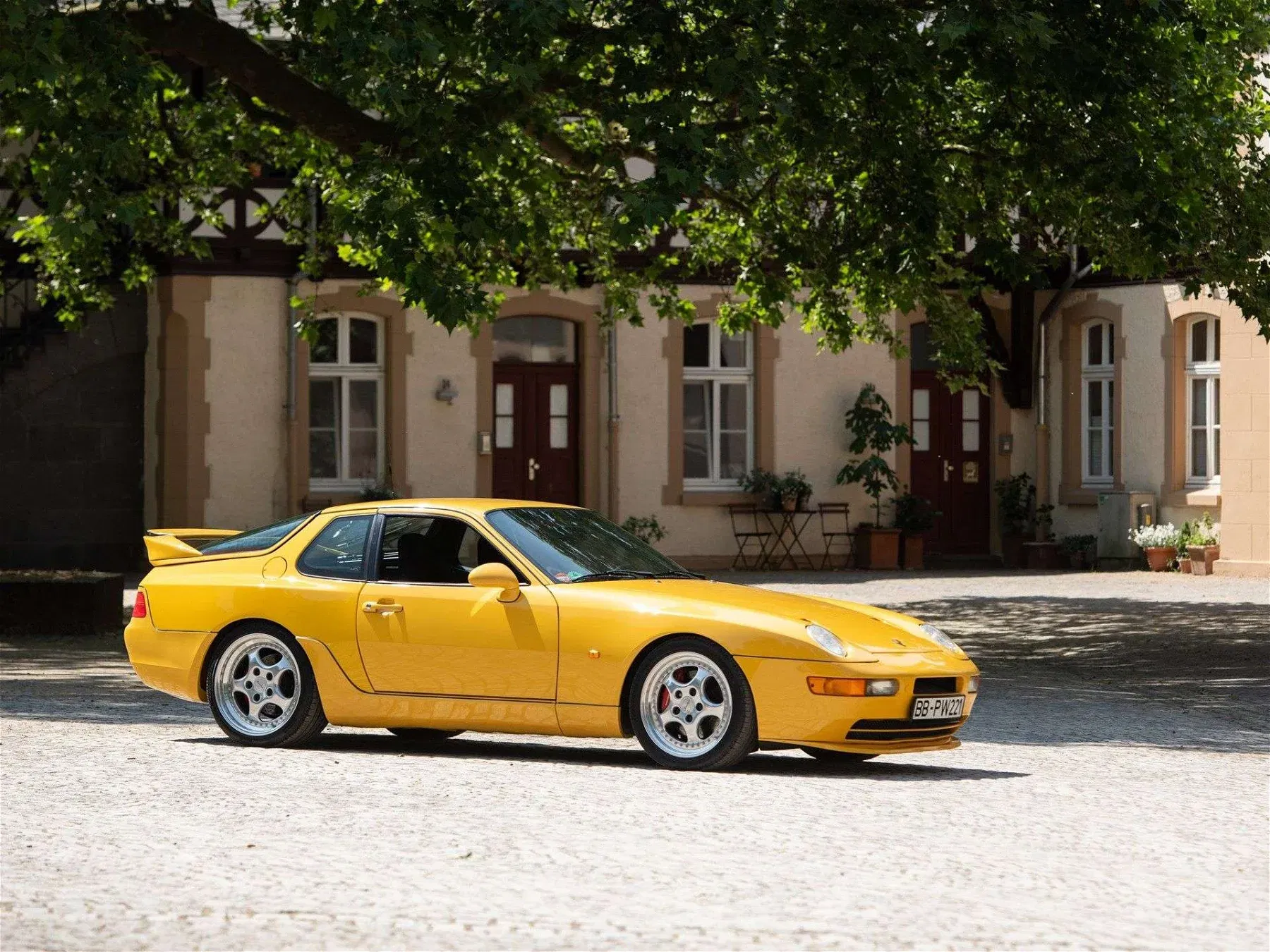
But why was the Porsche 968 Turbo S/RS so unpopular? This requires a little context. The commercial problems of the Porsche 968 Turbo S began in racing. Because the nominally exciting package of the Turbo RS had internal competition. Many teams continued to rely on the Porsche 964 Carrera RSR. It was uncomplicated to handle and the 964 Cup was the entry point into racing for many ambitious amateur drivers.
And this is precisely where the problem lies. Switching from a rear-engined to a front-engined car with a transaxle required a lot of adaptation, both in terms of driving and technology. The engine concepts alone are fundamentally different. While the naturally aspirated boxer engine only had to be kept at speed, 968 drivers always had to keep an eye on the boost pressure and always stay on top of the delayed power delivery. For this reason, only the two experienced racing teams ROOCK Sportsystem and Joest dared to enter a 968 Turbo RS in the ADAC GT Cup. The remaining Porsche teams resorted to the Carrera RSR.
We were glad when the season was over.
Michael Roock
“The quality of the RSR was the 968 Turbo RS’s undoing,” recalls Michael Roock from ROOCK Sportsystem. With his team, the German entered both 964 Carrera RSR and 968 Turbo RS for the ADAC GT Cup in 1993. “The air restrictor strangled the engine of the 968 a bit back then. Its body was also heavier than the RSR’s and the front brakes often overheated,” says the experienced team boss, summarizing the disadvantages of the transaxle racer. The teams and Porsche itself had hoped for more, so Roock says today that he was glad when the season was over. In the end, the promising Turbo S was the slower car despite nominally more power and better aerodynamics.
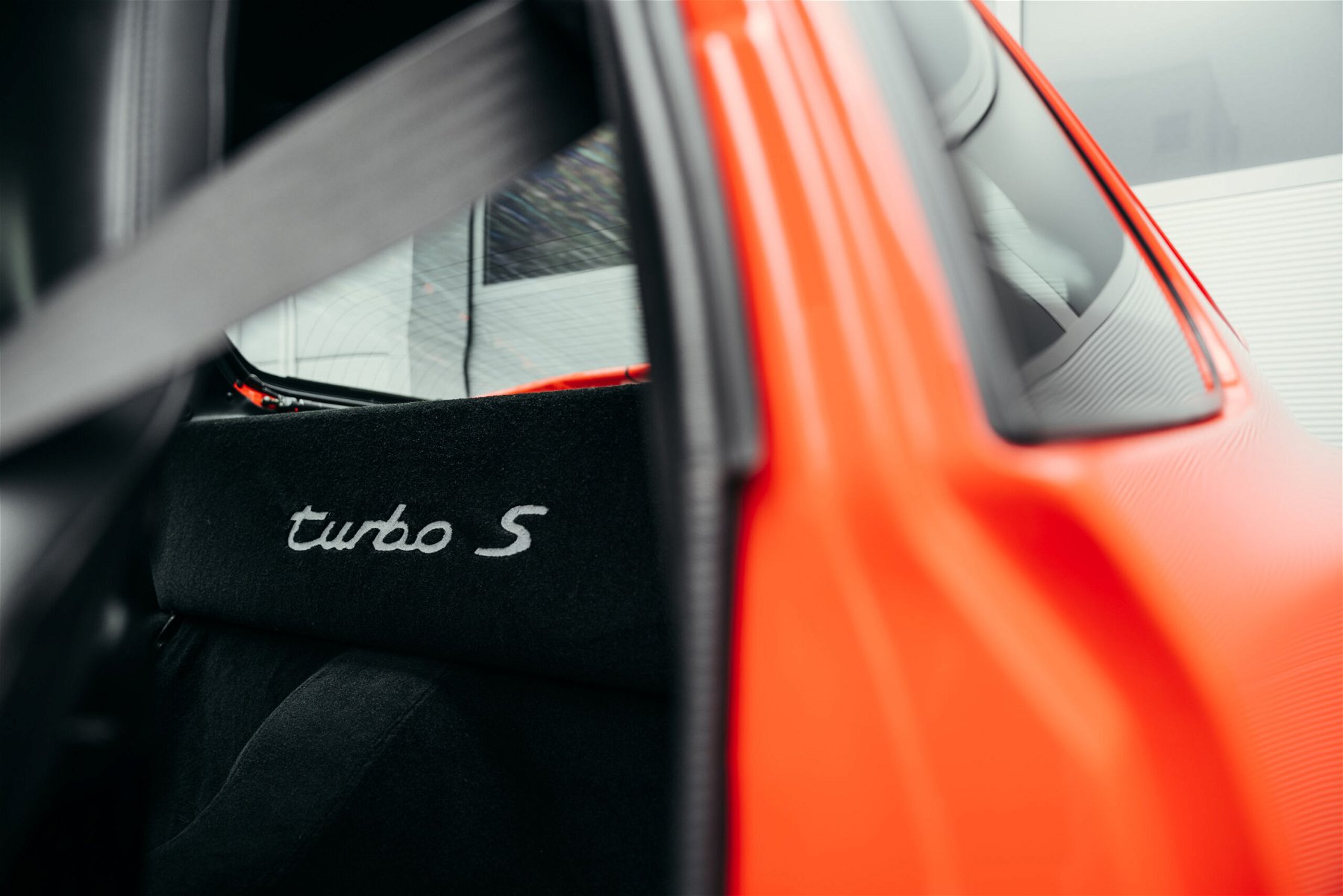
To a certain extent, the story was the same with the homologation car. Thanks to its outstanding performance, the Porsche 968 Turbo S was the in-house competition for the top 911 models of the 964 era. Of course, so much performance also had its price. At 175,000 DM, it was cheaper than the 911 Turbo 3.6, but 15,000 DM more expensive than a Carrera RS. The gap to the base 968 was even over 80,000 marks. Presumably too much for the customers, as the Porsche 968 – the last remaining four-cylinder Porsche – was actually positioned as an entry-level model.
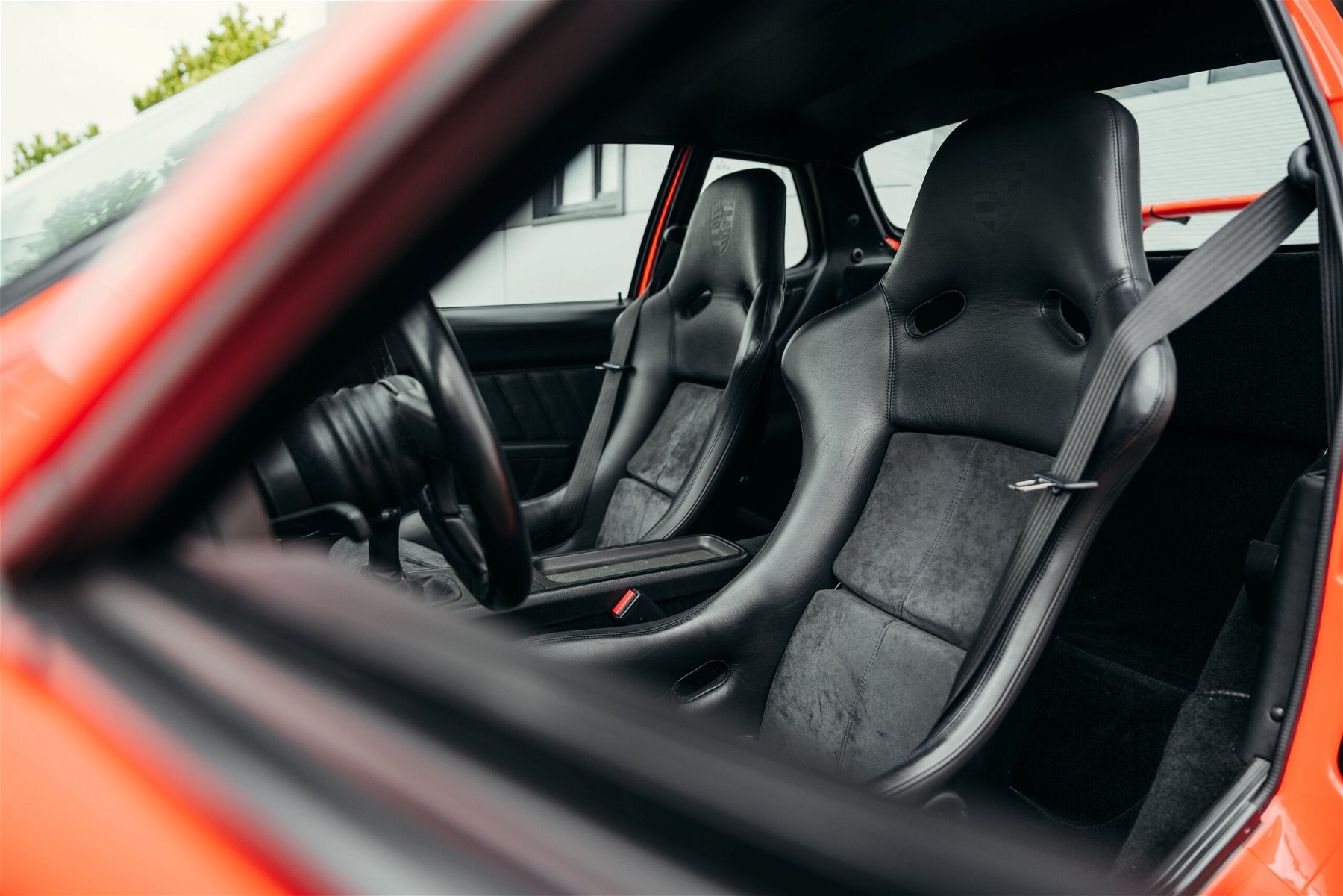
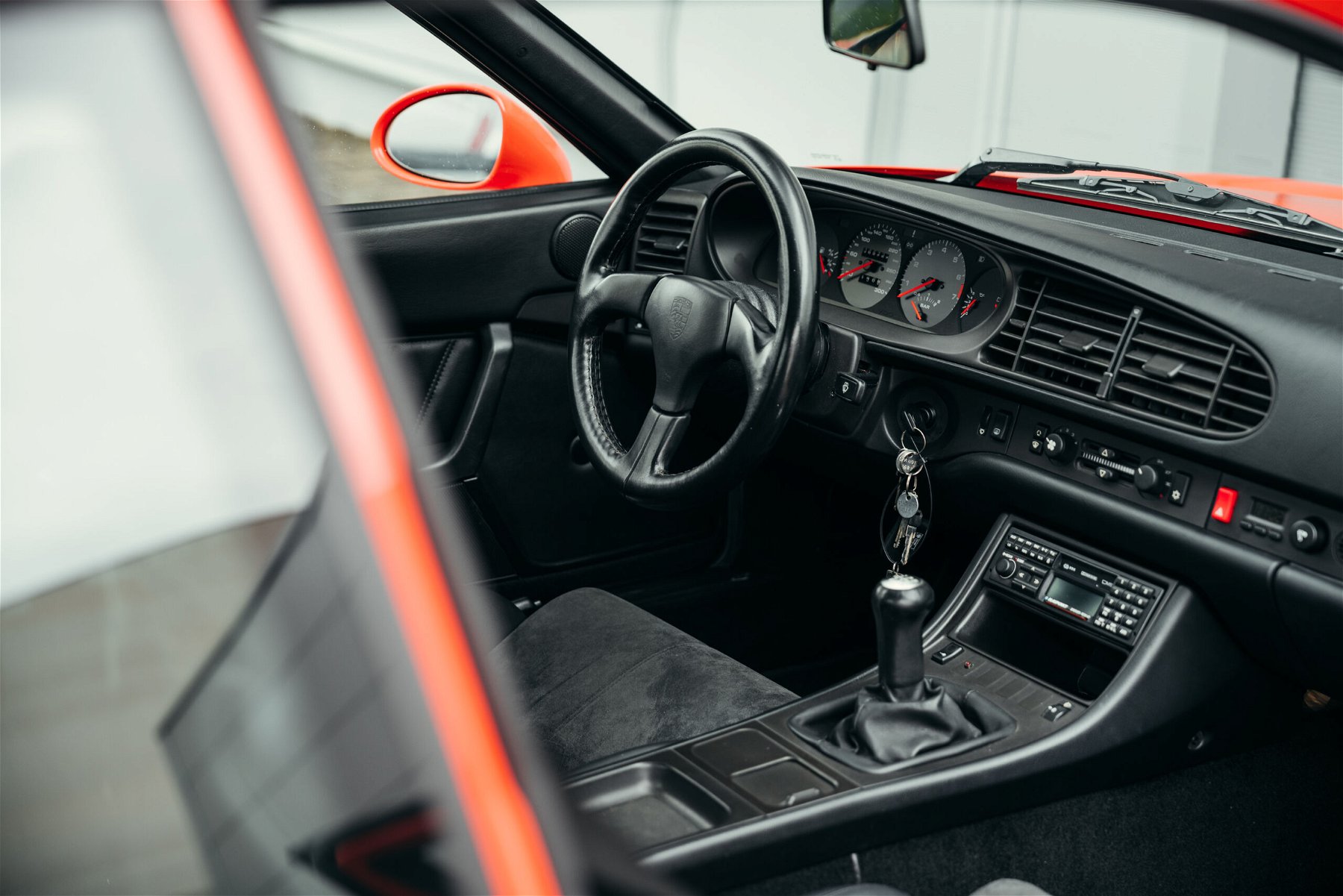
Even the 928, originally designed to succeed the 911, always lagged a little behind the 911 in terms of performance. The 968, on the other hand, which was produced at the same time as the 928 in 1993, was positioned even below the V8 transaxle. Of course, that’s a given, considering its engine concept with only half the cylinders. The fact that this “entry-level Porsche” could now even pose a threat to the sharpest and fastest 911s of the Carrera RS and Turbo 3.6 caliber was difficult to convey in the 1990s. This was also demonstrated by the reluctance of customers. While the top model 964 Turbo 3.6 was produced over 1,400 times, there were only 14 Turbo S on the transaxle side.
Cars that flopped commercially often become the hottest stocks on the second-hand market a few decades later. These are usually polarizing models that were ahead of their time. A look at BMW’s history reveals a prominent example. The top model of the late 80s and early 90s, the BMW 8-Series, fell far short of the hoped-for sales figures. It was unpopular and cheap for a long time. Today it is close to its original price again.
This was also the case with the Porsche 968 Turbo S. The title of rarest Porsche of all time goes to it because there was simply not enough demand. With the benefit of hindsight, it’s not a huge surprise, that at the time Porsche failed to sell 100 vehicles. The stars didn’t really line up for the 968 Turbo S. The fact that only 14 Porsche 968 Turbo S were sold, however, is surprising.
It’s a bit understated to say, that these cars weren’t in the spotlight during the last decades. It took a while before prices rose. When one of them appears on the market, like this blood-orange example at Porsche specialist Stimpfig Automobile, it is an event that is talked about in the scene. The clubs know about the history of these cars and keep a close eye on the route they take. It is no surprise that these rarities have become extremely expensive today. Top examples now cost around 500,000 euros.
It is obvious that the Porsche 968 Turbo S was a costly mistake. This is also reflected in the way Porsche deals with the legacy of the sportiest of all transaxles. Even in Porsche’s own channels such as the Newsroom and the online archive, the rarest production Porsche makes itself scarce. But this also contributes to the creation of legends. It almost seems as if the engineers in Weissach were let off the leash back then. After all, there is hardly any other explanation as to why a new top model was designed for homologation purposes on the basis of the brand’s entry-level model.
The reasons for commercially unsuccessful concepts are always complex. They range from bad timing, clumsy marketing or disappointing performance to excessive prices. In the case of the Porsche 968 Turbo S, it is probably a colorful potpourri of fundamental misjudgments, too little sporting success and probably also too high a price. And there are reasons why a manufacturer that is otherwise so tradition-conscious rarely talks about such a special car.
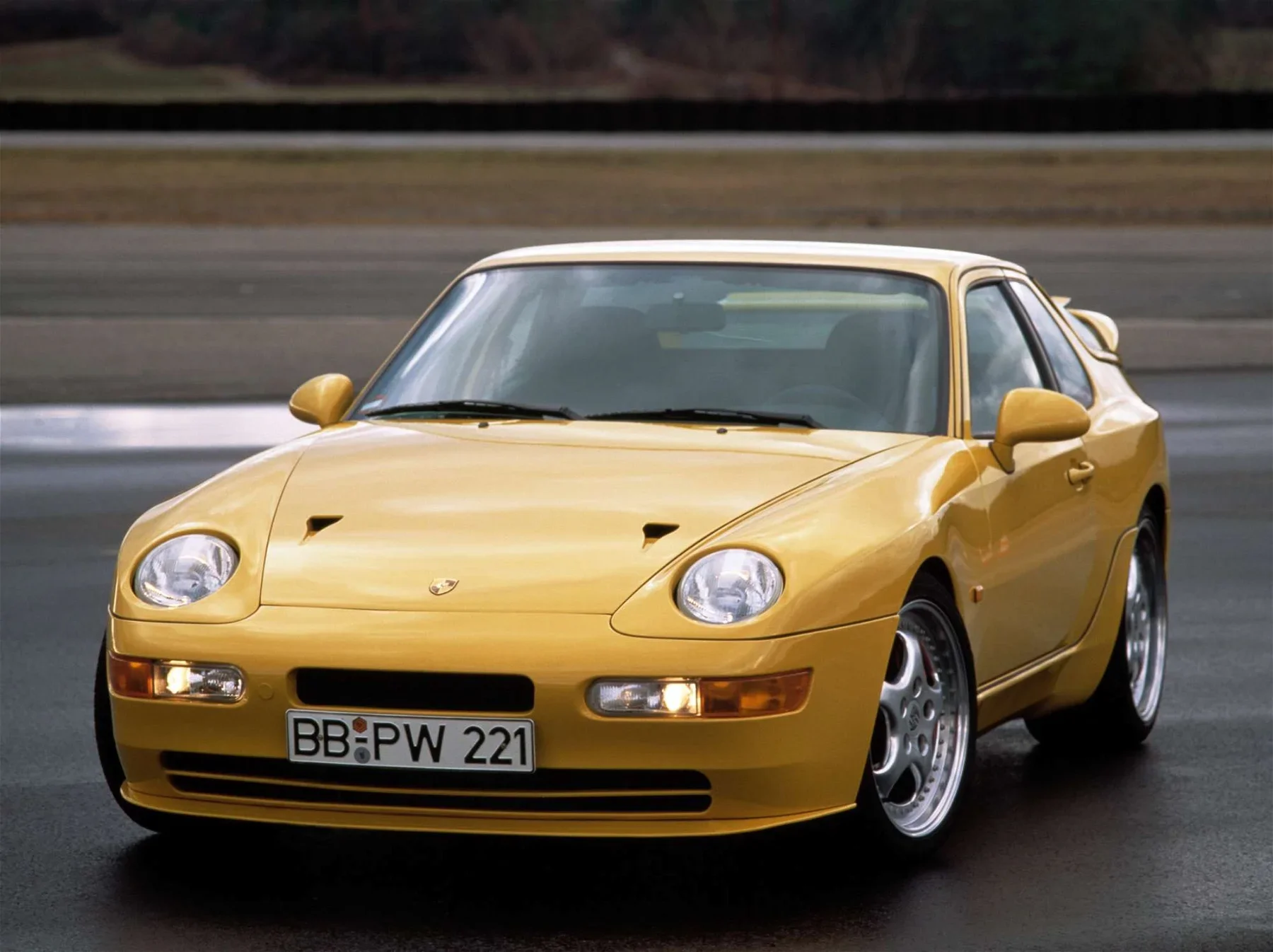
Nevertheless, the Porsche 968 Turbo S was a statement. The Turbo S was the final feasibility study of what the transaxle concept was capable of. It is therefore a pity that very few people will ever be able to experience what it means to reach performance spheres in such a superbly balanced chassis that were otherwise only reserved for the 911 at Porsche. It is also not without a certain irony that a transaxle Porsche is more exclusive than a Porsche 911 GT1 Strassenversion. In conclusion, the question remains: Was the Porsche 968 Turbo S perhaps too good for its own good?
© title image: RM Sotheby’s
Elferspot magazine